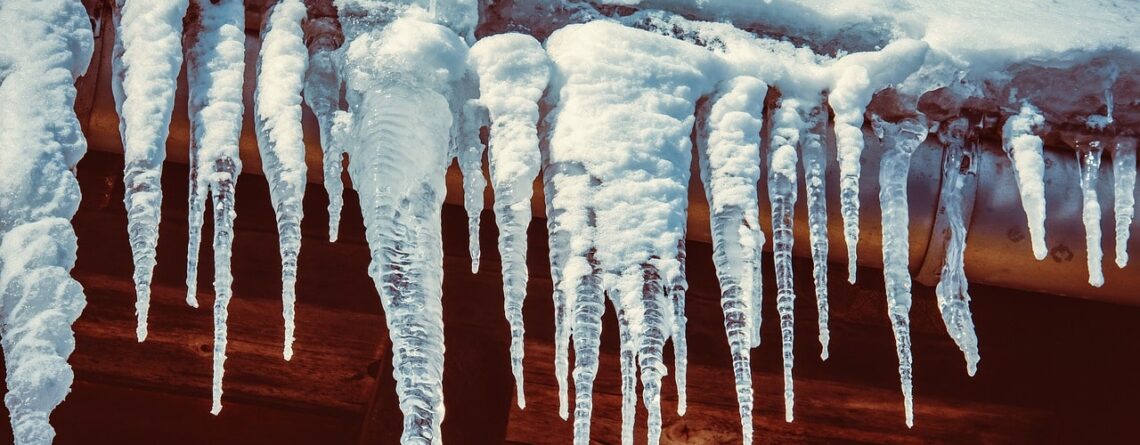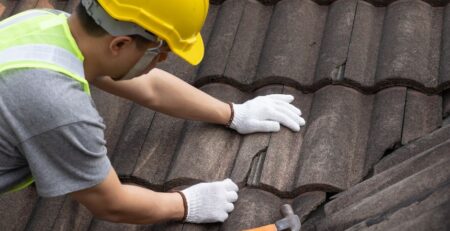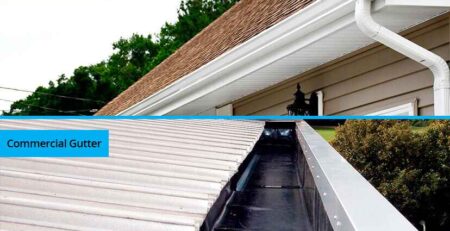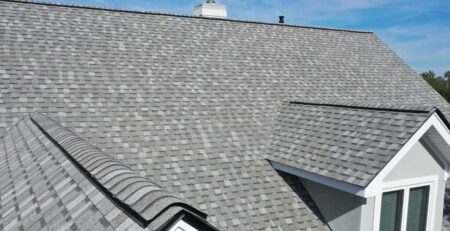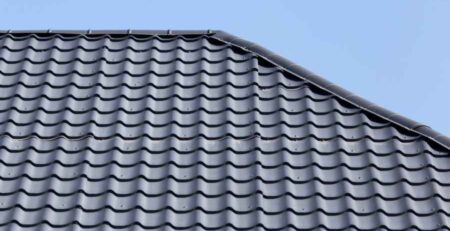Do Roofers Replace Roofs in the Winter?
During winter, homeowners may wonder if roof replacement is a viable option. Replacing a roof in the cold and snowy weather may seem daunting, but it is not entirely impossible.
As we delve into this discussion, we will explore the work schedule of roofers during the winter, the challenges they face in cold weather, the benefits of winter roof replacement, the precautions they take, and provide helpful tips for finding a good roofer in the winter.
Whether you are considering a roof replacement or simply curious about the process, this discussion will shed light on the topic and help you make informed decisions.
Roofers’ Winter Work Schedule
During winter, roofers often adjust their work schedules to accommodate the challenges posed by inclement weather conditions and limited daylight hours.
The demand for winter roofing increases due to various reasons, such as emergency repairs, leaks, and the need for preventive maintenance before the harsh weather sets in.
However, winter roofing presents unique challenges, especially regarding the impact on roofing materials in cold weather.
Roofers must take extra precautions and use specialized techniques to ensure the roofing materials (shingles, tiles, ice and water shield, etc.) are properly installed and withstand the winter conditions.
Challenges of Roofing in Cold Weather
Roofing in cold weather presents significant challenges due to the impact of frigid temperatures on roofing materials and the installation process.
The cold weather can cause roofing materials, such as shingles and adhesives, to become brittle and less pliable. This makes them more prone to cracking and breaking during installation, leading to potential leaks and reduced durability.
Moreover, the cold weather slows the installation process as it affects the curing time of adhesives and sealants, making it difficult to complete the roofing project efficiently.
Another challenge is the increased risk of accidents and injuries for roofers due to the slippery surfaces caused by ice and snow.
Roofing contractors must take extra precautions, such as wearing appropriate safety gear and using tools specifically designed for winter conditions, to mitigate these risks and ensure the successful completion of roofing projects in cold weather.
Benefits of Winter Roof Replacement
Winter roof replacement offers several benefits for homeowners and roofing contractors alike. Here are three advantages of replacing roofs during the winter:
- Availability of roofing contractors: Winter is considered the off-season for roofers, which means they have more availability and flexibility in their schedules. Homeowners can use this by scheduling their roof replacements without waiting for months.
- Potential cost savings: As winter constitutes the off-season for roofing professionals, certain contractors may present discounts or promotions as an incentive to attract customers. Homeowners can capitalize on these opportunities to save money on roof replacement projects.
- Faster installation: Cold weather can be beneficial during roof replacement. The low temperatures help materials like asphalt shingles to seal and bond together more quickly. This can lead to a faster installation process and minimize the risk of issues such as leaks in the long run.
While there are pros to winter roof replacement, it is crucial to consider the cons as well, such as potential weather-related delays or challenges. Homeowners should discuss these factors with their roofing contractors before making a decision.
Precautions Taken by Roofers in Winter
Roofers take several precautions to ensure safety and productivity when working in colder temperatures. In order to minimize potential hazards and guarantee the safety of their workers, roofers put into effect a range of safety measures.
Primarily, they emphasize the significance of extensive training and education for their employees, ensuring they possess the essential knowledge and skills to work safely in winter conditions.
Additionally, roofers utilize specialized equipment and tools designed for cold weather conditions.
This involves donning suitable attire, including insulated jackets and gloves, and utilizing non-slip footwear to prevent falls.
Furthermore, roofers may employ additional safety measures, such as installing safety barriers or utilizing heated tents to create a more comfortable and safe working environment.
By taking these precautions, roofers can effectively carry out roof replacements in winter while minimizing risks and maintaining productivity.
Tips for Hiring a Roofer in the Winter
To ensure a successful winter roof replacement, it is crucial to select a reputable and experienced roofing contractor carefully. Here are three essential tips to consider when hiring a roofer in the winter:
- Verify their credentials: Make sure the contractor is licensed, insured, and bonded. This ensures that they have the necessary expertise and financial protection in case of any accidents or damages during the project.
- Check their experience with winter roof repairs: Inquire with the contractor regarding their expertise in managing winter roof maintenance and repairs. Winter conditions can be challenging, so hiring someone who understands the unique requirements and potential issues that may arise during the project is essential.
- Get a detailed estimate: Seek a written estimate that encompasses all the expenses related to the winter roof replacement. This should cover materials, labor, permits, and additional services. A comprehensive estimate will enable you to compare various contractors and make a well-informed decision.

